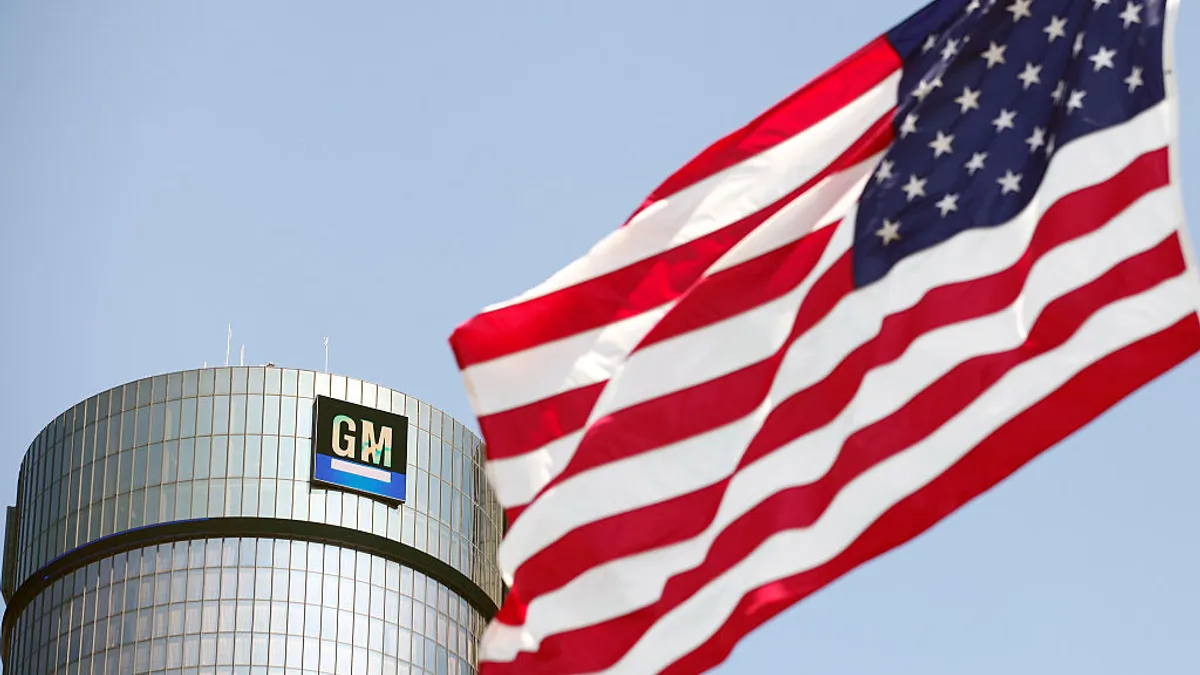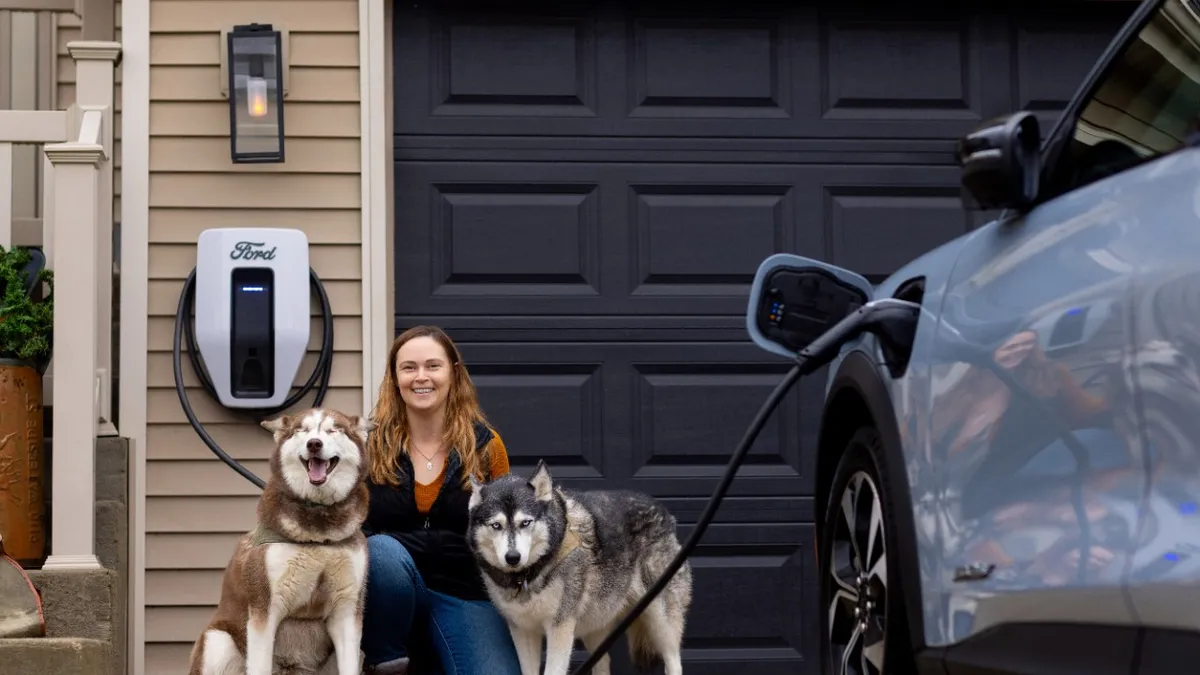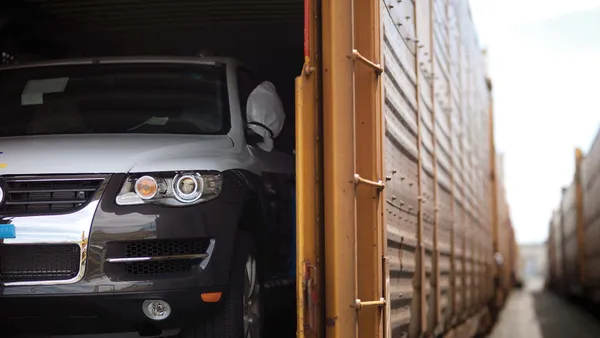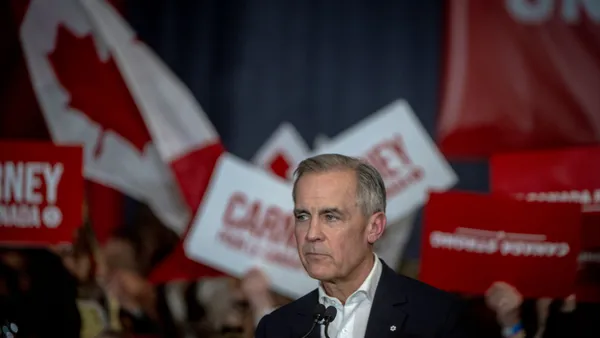Tesla’s profits declined 44% year over year to $1.85 billion in the third quarter, despite strong sales of the Model 3 and Model Y, according to company earnings reported Wednesday.
Although Tesla’s revenue grew 9% year over year to $23.4 billion in Q3, the company’s total gross profits fell 22% YoY. Tesla has slashed prices by nearly 25% since last year to boost its market share as competition in the electric vehicle segment heats up.
Tesla’s operating margin fell to 7.6% in the third quarter, declining from 17.2% in Q3 2022. The declining margins were primarily due to aggressive price cuts across Tesla’s lineup.
The automaker’s rising operating expenses resulted from increased spending on the Cybertruck, such as building prototypes ahead of production. Other expenses include AI investments in self-driving technology and other research and development projects, as well as costs from planned downtime for factory improvements.
Tesla is also working to reduce production costs to help boost its margins. Tesla CFO Vaibhav Taneja said the automaker’s cost per vehicle decreased to $37,500, partly due to lower material and freight costs. “Reducing the cost of our vehicles is our top priority,” Taneja said.
Although Tesla’s total revenue and profit margins are declining, Model Y and Model 3 sales are booming as price reductions have increased demand for Tesla’s two most affordable vehicles. Tesla sold 419,074 Model 3 and Y vehicles in Q3, a 29% YoY increase.
According to Cox Automotive, Tesla's market share fell to 50% — its lowest ever — compared with nearly 65% in Q3 2022
Tesla also doesn’t expect the upcoming launch of the Cybertruck to boost the company’s revenue anytime soon.
“I do want to emphasize that there will be enormous challenges in reaching volume production with the Cybertruck, and then in making a Cybertruck cash flow positive,” Tesla CEO Elon Musk said during the earnings call. “It’s a great product, but financially it will take, I don’t know, a year to 18 months before it is a significant positive cash flow contributor.”
Musk also raised concerns about high interest rates hurting the automaker’s sales, making it difficult for Tesla to reach its global volume target of 1.8 million vehicles in 2023, which remains unchanged. Tesla will need to produce over 449,000 vehicles in Q4 to reach its 2023 production goal.
“I’m worried about the high interest rate environment that we’re in,” Musk said. “I just can’t emphasize this enough that the vast majority of people buying a car is about the monthly payment.












